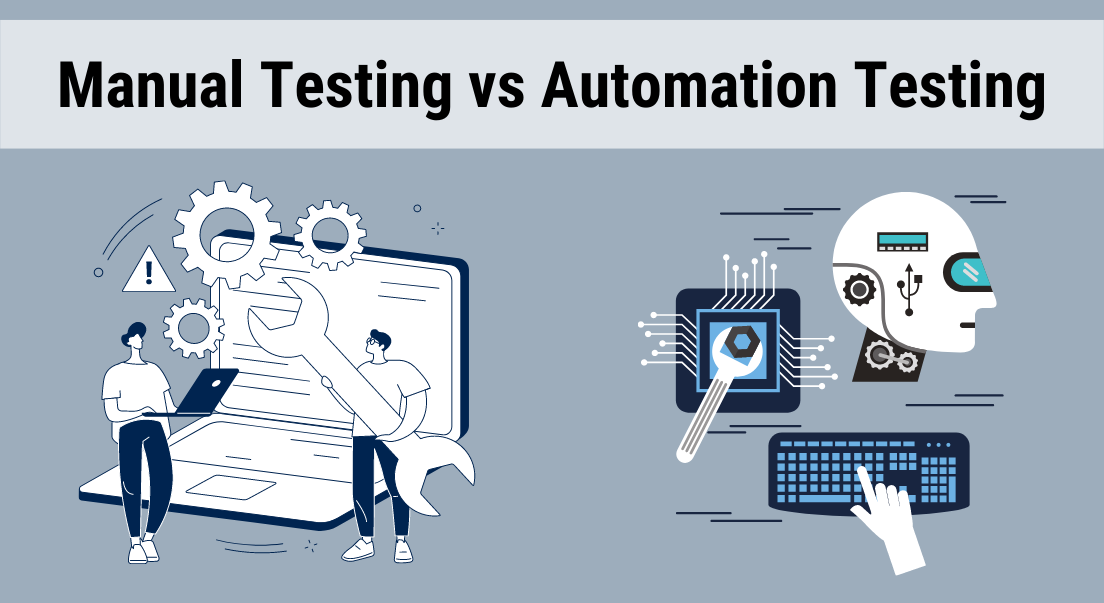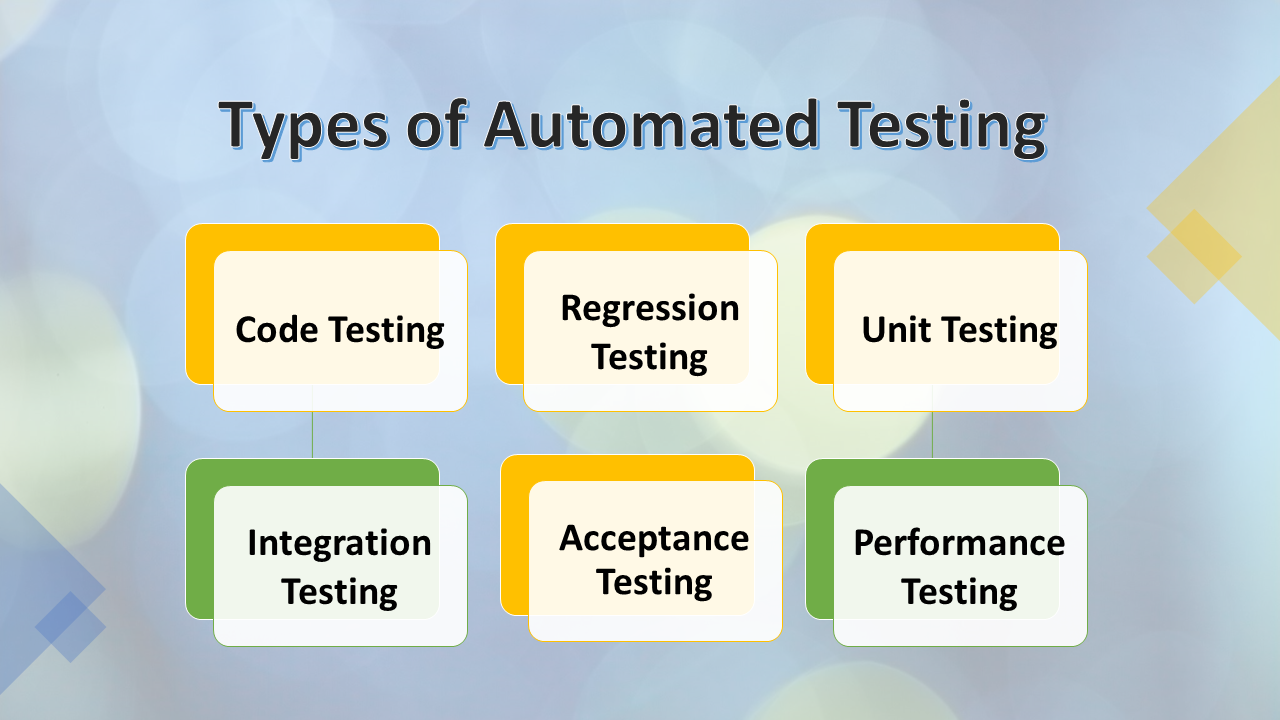Making Certain Success in Automation Checking: Key Metrics, Difficulties, and Solutions Every QA Group Should Know
In the realm of software quality guarantee, the landscape of automation testing is ever-evolving, demanding a meticulous technique to make certain smooth procedures. Secret metrics work as the compass directing QA groups via the large surface of examination automation, shedding light on development and areas for improvement. However, difficulties impend huge, commonly casting darkness on the path to success. By recognizing these hurdles and applying efficient remedies, QA groups can navigate through complexities with finesse. The journey to grasping automation testing is paved with subtleties that require an eager eye for surveillance, analysis, and constant improvement. automation testing. As the market drives onward, the quest for optimum performance in automation screening stays a consistent search, advising QA groups to equip themselves with the understanding and strategies important for victory.
Relevance of Trick Metrics
Comprehending the significance of key metrics is essential for evaluating the efficiency and effectiveness of automation testing procedures. Secret metrics function as measurable procedures that offer valuable understandings into numerous elements of the testing procedure, such as test coverage, examination execution time, defect density, and examination instance efficiency. By analyzing these metrics, QA groups can identify bottlenecks, inefficiencies, and locations for improvement within their automation screening framework.
One critical element of essential metrics is their ability to track development and monitor the general wellness of the testing procedure (automation testing). They enable stakeholders to make enlightened decisions based upon data-driven understandings, which can result in extra effective screening strategies and far better resource allowance. In addition, essential metrics can assist teams set practical goals, determine the success of automation campaigns, and demonstrate the ROI of automation testing initiatives

Common Obstacles Faced
Difficulties commonly come across in automation screening procedures can substantially influence the total efficiency and effectiveness of QA groups. Automation screening may not cover all facets of testing, such as use and individual experience testing, which still call for manual intervention. Conquering these difficulties needs appropriate preparation, critical examination case selection, robust maintenance procedures, adequate sources, and a clear understanding of the limitations of automation screening.
Effective Solutions for Difficulties
To address the obstacles encountered in automation screening, implementing effective solutions is crucial for improving the effectiveness and productivity of QA groups. One crucial service is to invest in durable training programs for QA groups to ensure they have the necessary abilities to efficiently utilize automation devices. Training can bridge knowledge voids, enhance understanding of automation frameworks, and improve scripting capabilities, inevitably causing much more reliable test development and execution.
One more important solution is to develop clear interaction networks within the QA group and with other stakeholders, such as programmers and job helpful resources supervisors. Efficient interaction helps in straightening expectations, sharing progression updates, and immediately dealing with concerns or obstructions that might arise throughout the automation screening process.

Monitoring and Analysis Techniques
Executing reliable monitoring and evaluation techniques is vital for guaranteeing the success and performance of automation testing procedures. Additionally, examining examination results and metrics provides useful insights right into the high quality of the software program being evaluated and the efficiency of the screening strategy.
One key strategy in monitoring and analysis is using control panels that consolidate relevant metrics and KPIs in a visually obtainable format. These dashboards provide a thorough overview of test execution condition, examination coverage, problem patterns, and various other crucial info. Regularly evaluating and examining these control panels can aid QA groups make informed decisions, prioritize tasks, and enhance screening initiatives.
Furthermore, executing automated informs and notices based upon predefined thresholds can improve aggressive surveillance and check my source timely intervention. By establishing notifies for performance variances or examination failures, teams can address concerns quickly and prevent them from escalating. In general, tracking and analysis techniques play a vital role in ensuring the effectiveness and success of automation screening campaigns.
Continual Enhancement Methods
Enhancing the effectiveness of automation screening procedures demands the regular improvement of approaches and techniques. Continual improvement approaches are pivotal for QA groups to adapt to progressing innovations and provide premium software. One essential approach to boosting automation testing procedures is to carry out normal evaluations and retrospectives. By analyzing previous screening cycles, teams can recognize bottlenecks, inefficiencies, and locations for enhancement. Applying comments loops and integrating lessons discovered into future screening frameworks can generate considerable renovations in time.

Final Thought
In conclusion, it is vital for QA groups to recognize the key metrics, obstacles, and options in automation testing to make sure success. By very carefully keeping an eye on and analyzing information, implementing efficient solutions to typical challenges, and continuously boosting techniques, QA groups can enhance their testing processes and supply premium software. Complying with these practices will eventually bring about much more efficient and effective automation screening practices.
By analyzing these metrics, QA teams can recognize traffic jams, ineffectiveness, and locations for renovation within their automation testing structure.
In addition, key metrics can assist teams established reasonable goals, gauge the success of automation campaigns, and demonstrate the published here ROI of automation screening initiatives.
Challenges frequently encountered in automation testing processes can significantly affect the general performance and effectiveness of QA teams. Automation screening might not cover all facets of testing, such as use and user experience testing, which still require manual intervention.In final thought, it is essential for QA teams to comprehend the vital metrics, challenges, and services in automation testing to make sure success.